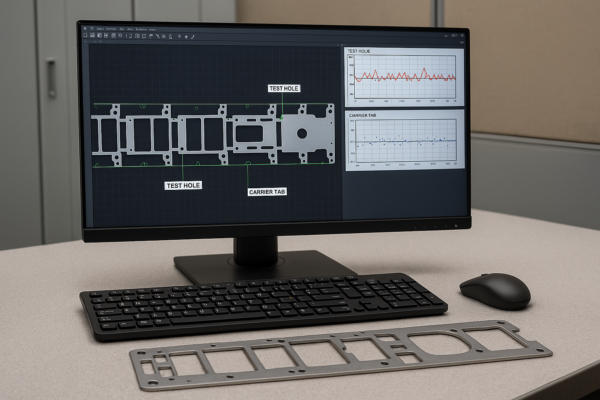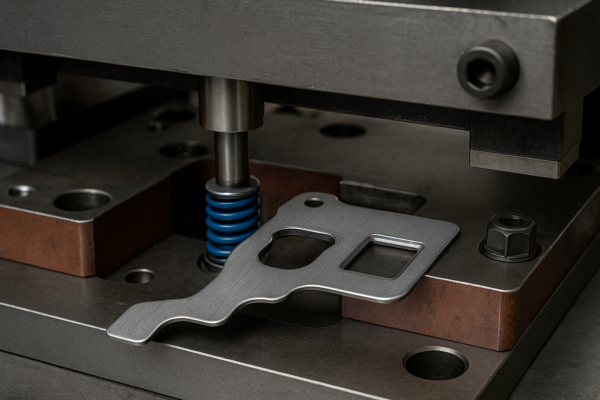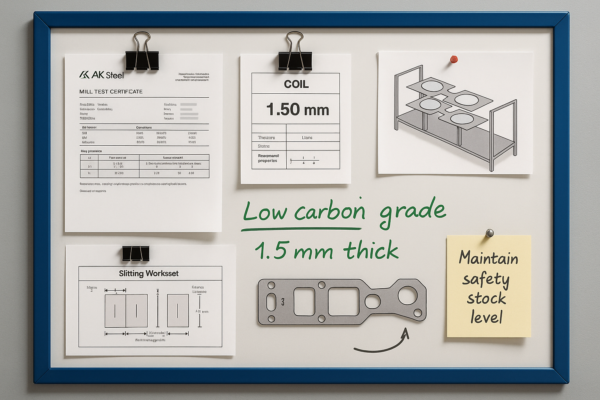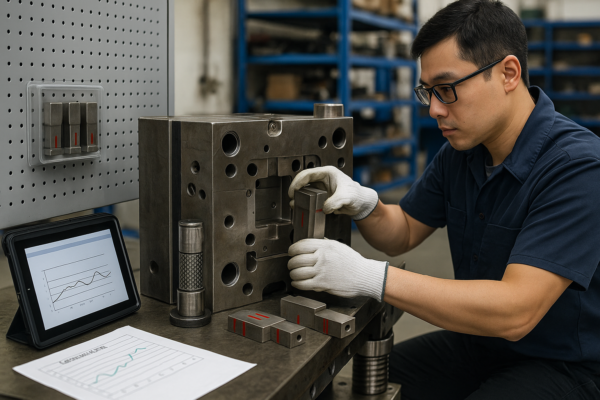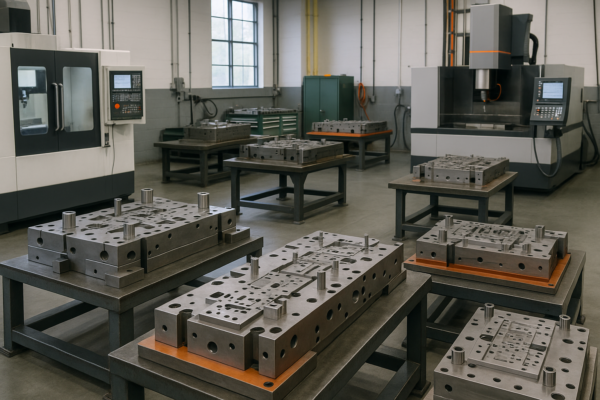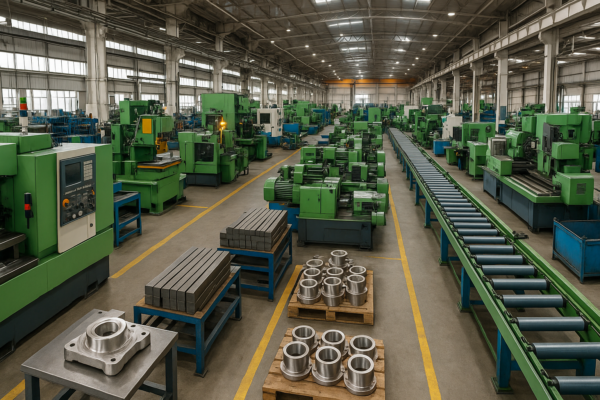Surface Treatments for Metal Fasteners: Zinc Plating to Phosphating
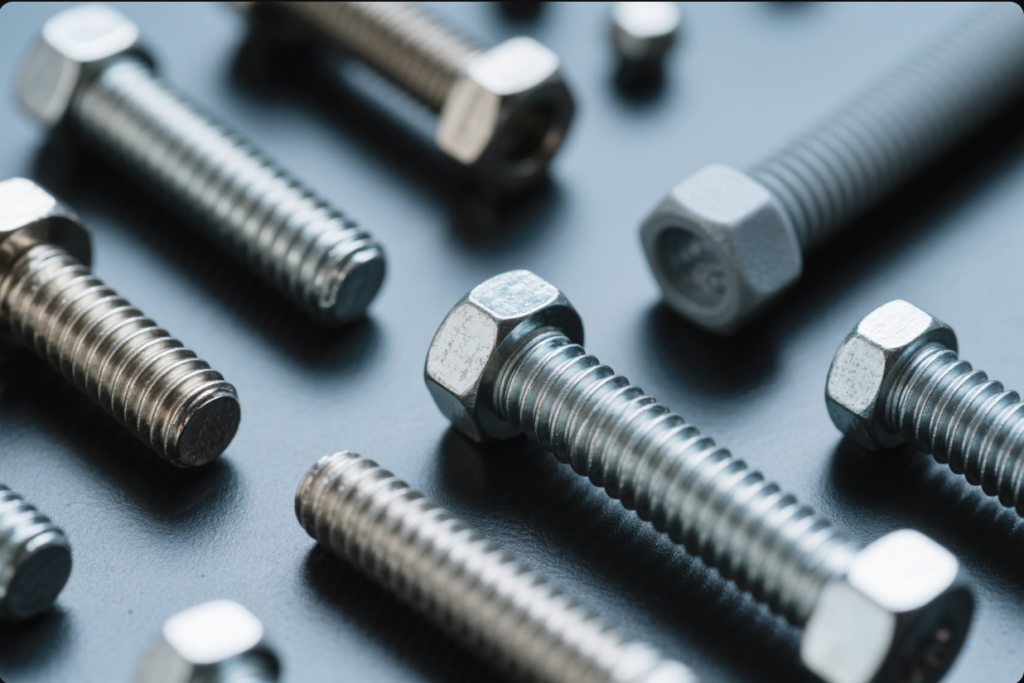
Rust ruins reliability. Don’t let surface failure cost your project.
Surface treatments protect metal fasteners from corrosion, friction, wear, and discoloration. Learn how zinc, chrome, phosphate, and electroplated coatings work.
The right finish makes the difference between a short-term fix and long-term durability.
Introduction
Surface finish isn’t just cosmetic—it defines product life and reliability. Whether you’re installing fasteners in automotive, aerospace, marine, or electronics applications, coatings can make or break performance.
At Prime, we specialize in delivering fasteners with surface treatments tailored to your usage environment, budget, and standards. This article walks through common coatings and inspection practices for fastener reliability.
Key references:
- ISO 9227 – Salt Spray Corrosion Testing
- MIL-STD-1312 – Corrosion Prevention
- Corrosionpedia – Surface treatment overview
Zinc Plating vs Chrome Plating: Comparison
Zinc plating is cost-effective for corrosion protection. Chrome plating adds appearance and wear resistance.
Zinc is cheaper and provides sacrificial corrosion resistance. Chrome is harder, shinier, and ideal for high-friction applications.
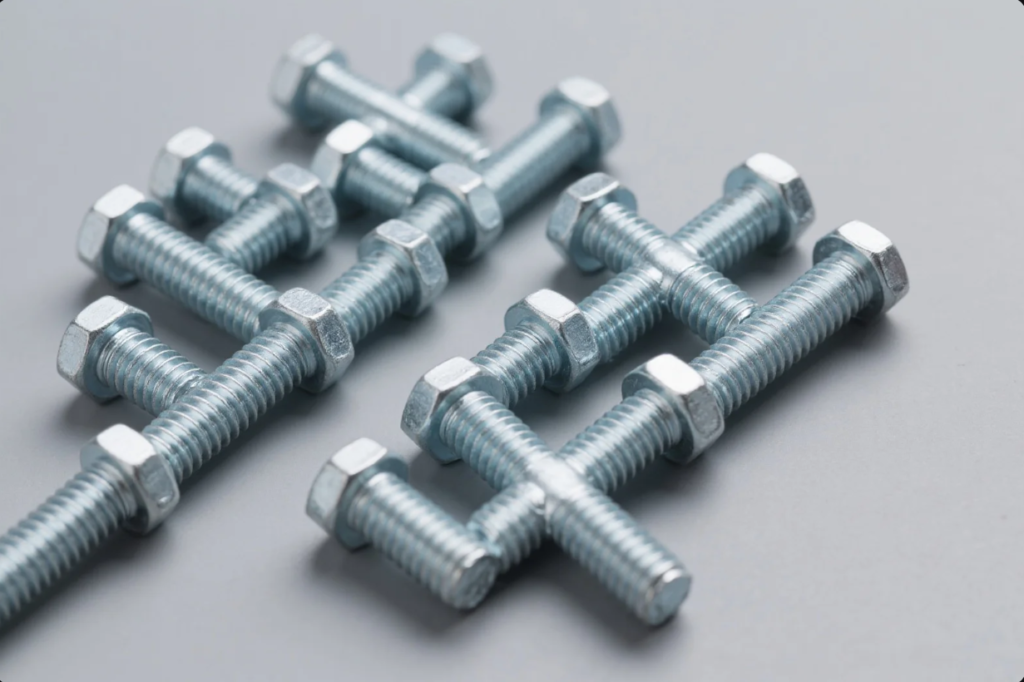
Coating Characteristics Comparison
| Property | Zinc Plating | Chrome Plating |
|---|---|---|
| Appearance | Matte silver, slightly dull | Mirror-like, bright |
| Thickness | 5–25 µm | 10–100 µm |
| Cost | Low | Higher |
| Corrosion Protection | Good (sacrificial) | Moderate (barrier only) |
| Best For | Hardware, industrial fasteners | Decorative tools, visible parts |
When to Use Which?
- Choose zinc plating for nuts, bolts, and hardware subject to moderate conditions.
- Choose chrome plating for tools, contact surfaces, or parts where appearance matters.
Prime offers RoHS-compliant zinc plating in varied finishes.
Advanced articles:
- ASTM B633 – Standard Specification for Electrodeposited Coatings
- Chrome Plating Guide (Electro-Coatings)
- Zinc Plating Benefits (Finishing.com)
- Metal Finishing Society info
Phosphating and Electroplating Explained
Not all coatings form barriers. Some chemically react to form conversion layers with unique properties.
Phosphating and electroplating enhance adhesion, corrosion resistance, and aesthetics for fasteners.
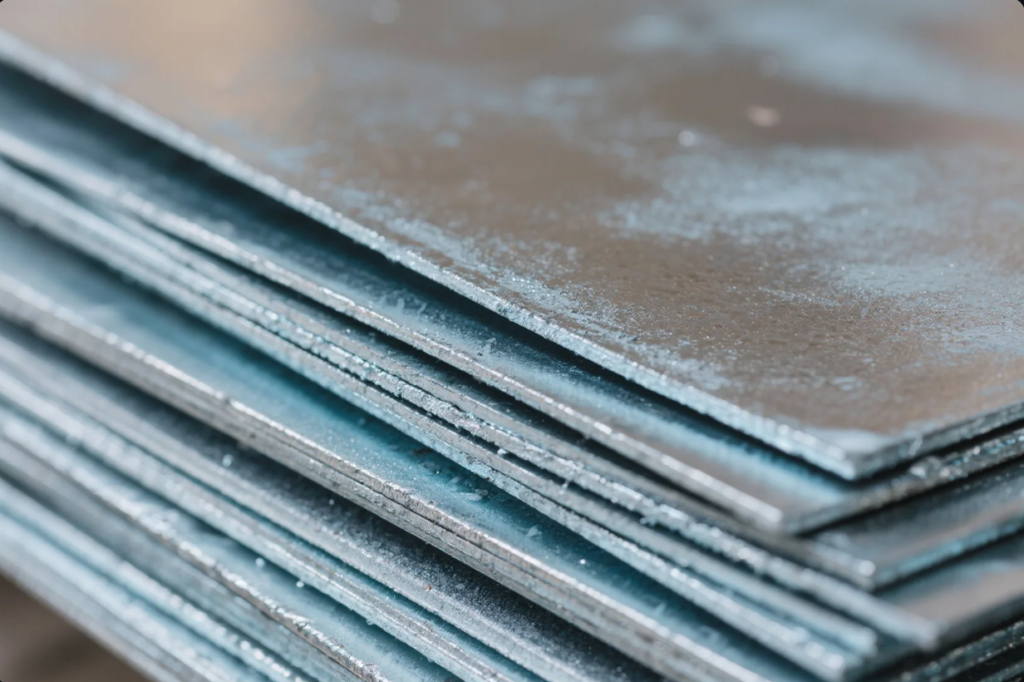
Phosphating Overview
| Coating Type | Appearance | Function | Common Use |
|---|---|---|---|
| Iron Phosphate | Gray matte | Paint primer, wear resistance | Appliances, machinery parts |
| Zinc Phosphate | Dull gray | Corrosion protection, paint adhesion | Fasteners, auto bodies |
| Manganese Phosphate | Dark gray/black | Heavy-duty corrosion & wear resistance | Engine bolts, wear parts |
- Enhances paint adhesion and reduces galling
- Cost-effective for mass production
Useful info:
Electroplating Overview
| Metal | Color | Purpose |
|---|---|---|
| Nickel | Silver | Corrosion, wear, decorative |
| Tin | Gray | Electrical conductivity |
| Zinc-Nickel | Gray-blue | Automotive corrosion protection |
| Copper | Red | Sub-coat for multi-layer plating |
- Provides precise coatings (±2 µm)
- Common in electronics and automotive connectors
Further reading:
- EngineeringChoice – Electroplating Basics
- Nickel Institute – Plating standards
- IPC association for electronics
Coatings for Extreme Environments
Fasteners in harsh conditions need rugged coatings.
Hot-dip galvanizing, zinc-nickel, ceramic, PTFE coatings deliver long-term performance.
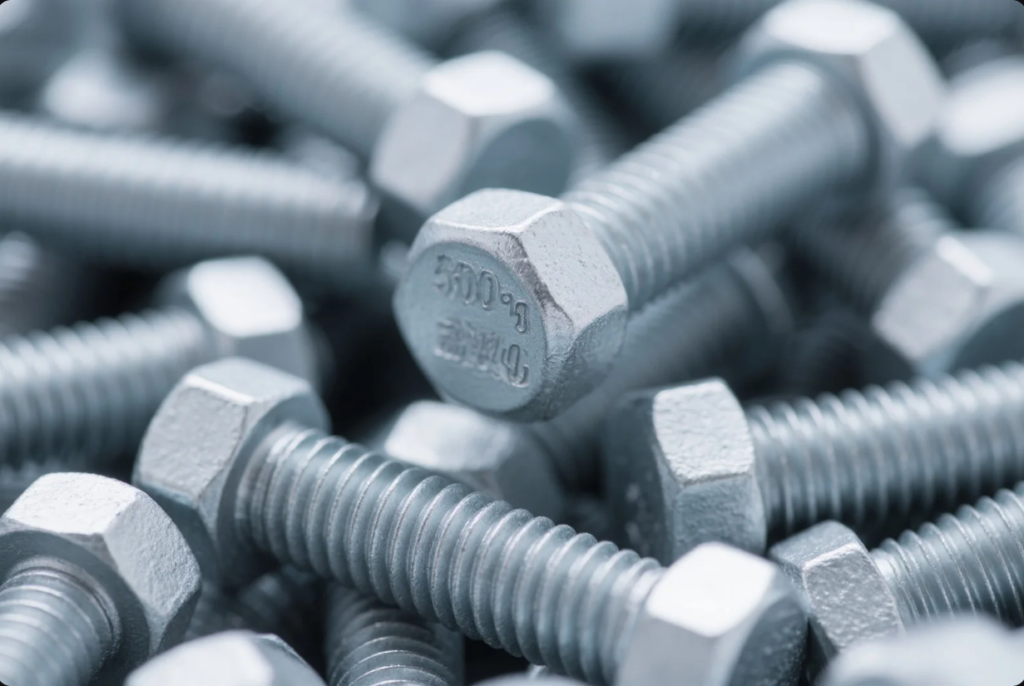
High Performance Coating Comparison
| Coating | Protection Type | Typical Use Case |
|---|---|---|
| Hot-Dip Galvanizing | Thick zinc barrier | Outdoor, structural steel bolts |
| Zinc-Nickel | Mixed corrosion | Engine mounts, fuel system fasteners |
| Dacromet/Ceramic | Thin-multi layer | Marine hardware, oil rigs, wind turbines |
| PTFE-based coatings | Low friction surface | Pumps, valves, offshore equipment |
Example:
A Prime client needed M16 bolts for offshore platforms with 1,200-hour ASTM B117 rating. We used just-for-purpose zinc-nickel plating plus sealer.
Sources:
- ASTM B117 – Salt Spray Testing
- Dacromet Technology (NOF Metal Coatings)
- SAE J2340 – Zinc-Nickel Plating Spec
- Corrosionpedia article on PTFE coatings
Inspection: How to Verify Coating Quality
Without testing, a coating is just color. Inspection ensures durability under stress.
Coating inspection covers thickness, adhesion, corrosion resistance, and appearance.
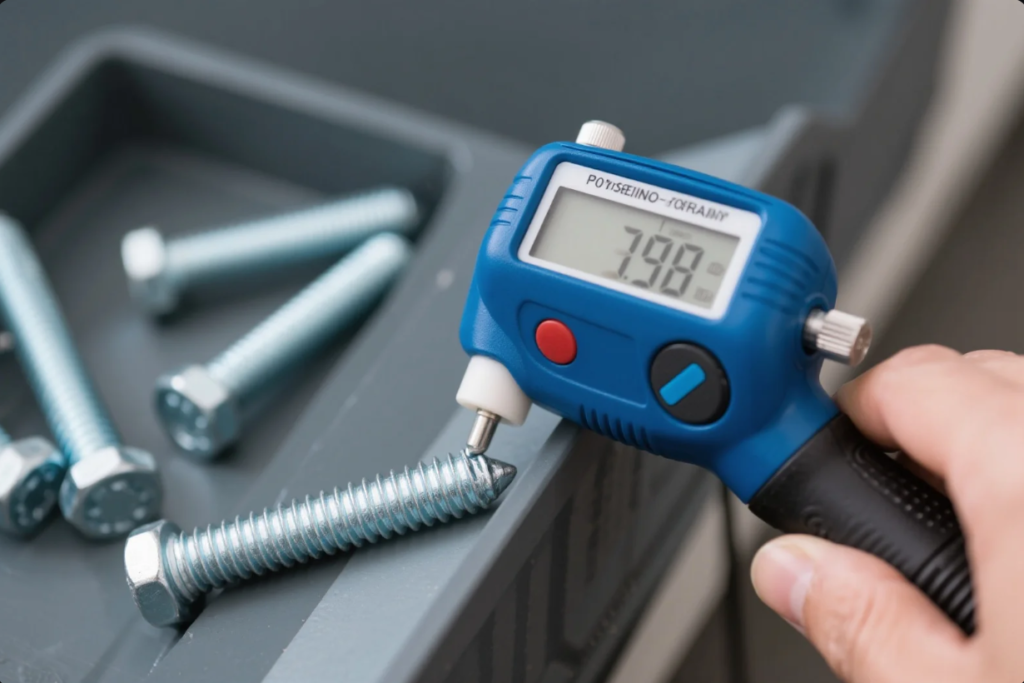
Inspection & Testing Methods
| Test | Purpose | Standard |
|---|---|---|
| Thickness Gauge | Measures coating layer thickness | ASTM B487, ISO 2178 |
| Salt Spray Cabinet | Accelerated corrosion testing | ASTM B117 |
| Adhesion Tape Test | Checks coating bond strength | ASTM D3359 |
| XRF Analysis | Fast, non-destructive thickness check | ASTM E376, ISO 3497 |
| Microsection Study | Verifies coating uniformity | ASTM E3 + metallography |
Prime uses XRF, eddy current, microsection labs, and salt spray tests with full lot traceability.
Learn more:
FAQs
1. Which coating is best for outdoor fasteners?
Hot-dip galvanizing or Dacromet/ceramic offers benchmark corrosion resistance for outdoor use.
2. Is zinc plating RoHS-compliant?
Yes, if a trivalent passivation is used. Verify with supplier certificates.
3. Can I paint over phosphate coating?
Absolutely. Phosphate coatings are designed to act as a bonding primer.
4. How thick should a zinc-nickel plating layer be?
Typically 8–12 µm for automotive; consult SAE J2340 specifications.
5. How is coating thickness measured nondestructively?
By using XRF or magnetic/eddy current thickness gauges.
Conclusion & Contact
Surface treatment matters. A proper coating ensures corrosion resistance, wear protection, and lasting product life.
At Prime, we offer:
- Zinc, phosphate, nickel, ceramic, PTFE, chrome coatings
- Comprehensive inspection and ASTM/ISO-certified testing
- Custom thickness and finish options
- Fast quotes, global shipping, and digital tracing
📩 Contact us today for a free surface treatment consultation and quote.
🌐 Website: https://primecustomparts.com
✉️ Email: [email protected]
Let’s protect your fasteners—before corrosion ever starts.

